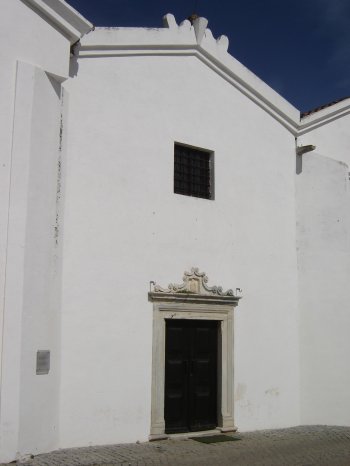Explore the best places
Monuments in Alvito
Pelourinho de Alvito
- heritage
Praça da República
7920-028, Alvito
Conical pine pillory with half spheres' decoration. Despite the Manueline style, the shaft has more characteristics and a classic appearance.
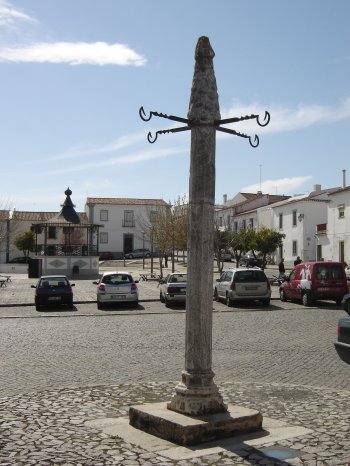
Convento e Igreja de Santo António
- heritage
Terreiro de Santo António, 6
7920-020, Alvito
This building was built by Manuel Lopes, first judge of the Confraria de Santo António, and by D. João Lobo, eighth baron of Alvito. Inside it is possible to observe the 17th century tile ceiling, highlighting the flowers and birds. Also, noteworthy is the mural painting on the chancel's barrel vault. This painting depicts an episode from the life of the Patron Saint. It is also worth highlighting the Mannerist pictorial set of oil on wood.
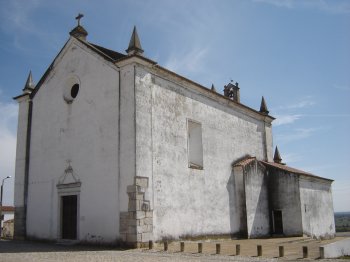
Ponte do Azinhal
- heritage
Vila Nova da Baronia
7920, Vila Nova da Baronia
Rampant deck bridge over three round arches. Medieval reconstruction Roman bridge. It is pedestrian only given the characteristics of the narrow deck and inclined ramps. The stream of Vila Nova da Baronia passes below.
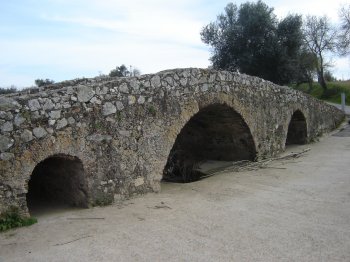
Ermida de Nossa Senhora da Conceição
- heritage
Rua 5 de Outubro
7920-368, Vila Nova da Baronia
Simple church, founded in 1655 by Dr. Sebastião Lopes Toscano. Temple with a single rectangular nave. The highlight is the tile composition from the 16th century. The altar has the image of Our Lady of Conception, in wood from the 16th century.

Igreja da Misericórdia e Capela Nossa Senhora das Candeias
- heritage
Rua da Misericórdia, 14
7920-038, Alvito
Building formed by four longitudinal rectangular spaces attached, the Misericórdia church, with annexes, the sacristy and the Brotherhood Room, the chapel of Nossa Senhora das Candeias and the Casa do Despacho.
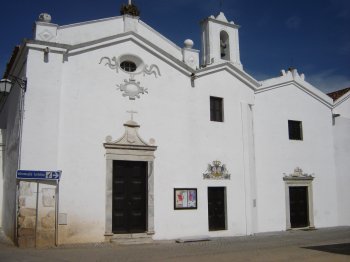
Castelo de Alvito
- heritage
Largo do Castelo
7920-999, Alvito
It is a fortified manor house from the 15th century, rare in Portugal. The dependencies are organized around a central courtyard, with characteristics of military and residential architecture. The keep and some wall sections stand out. At the base, there is a cushioned ashlar from the Roman period. Above the portal of the castle-citadel are the coat of arms of the marquises of Alvito.

Igreja de Nossa Senhora da Assunção / Igreja Matriz de Alvito
- heritage
Largo da Trindade, 2
7920-018, Alvito
Church built at the end of the 15th century, it underwent several expansion works in the following centuries. This temple brings together several styles, from Gothic to Baroque, including Manueline, Renaissance and Mannerism. On the south side is the bell tower that boasts a marble sundial. The interior body of the church is shaped like a cross and has three naves with vaults that feature Gothic and Renaissance elements. Much of the interior is covered in 17th century tiles.

Igreja de Nossa Senhora da Assunção / Igreja Matriz de Vila Nova da Baronia
- heritage
Largo Francisco Manuel Fialho
7920-355, Vila Nova da Baronia
Large church with main façade flanked by towers with pyramidal and prismatic spires protruding in the lateral façades little foothills. Features vaulted nave, divided into five sections by torais arches, chancel and side chapels with cannon vaults simple. Simply decorated in the facade inside, only contradicted by the exuberance of azulejar. The classification includes the carving retables and tiles from the 17th century ("carpet") q

Capela do Senhor dos Passos
- heritage
Rua da Liberdade
7920-370, Vila Nova da Baronia
Also known as Igreja da Misericórdia, this Chapel is filipino time. Inside, the highlight goes to the 17TH century mural that depicts the "corporal Works of mercy" with symbols of the passion of Christ in the vault of the chancel episodes from the life of Christ in elevations. Another highlight is the screen of the last quarter of the 16th century by Francisco campos that depicts the theme of the visitation.
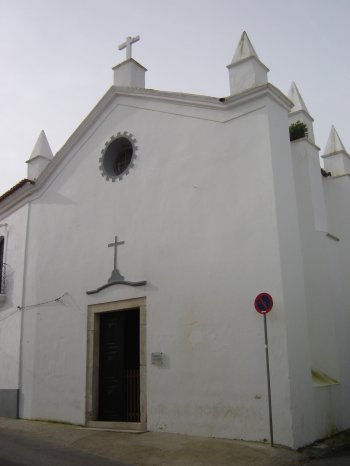
Capela de Nossa Senhora das Candeias
- heritage
Rua da Misericórdia
7920-038, Alvito
Building dated of 1520, with emphasis on the tiles that cover almost the entirety of the elevations of the Church. Another point of interest is the mural of the Baroque style chapel, representing the themes of Epiphany and the Annunciation.
